
Join 10k+ people to get notified about new posts, news and tips.
Do not worry we don't spam!
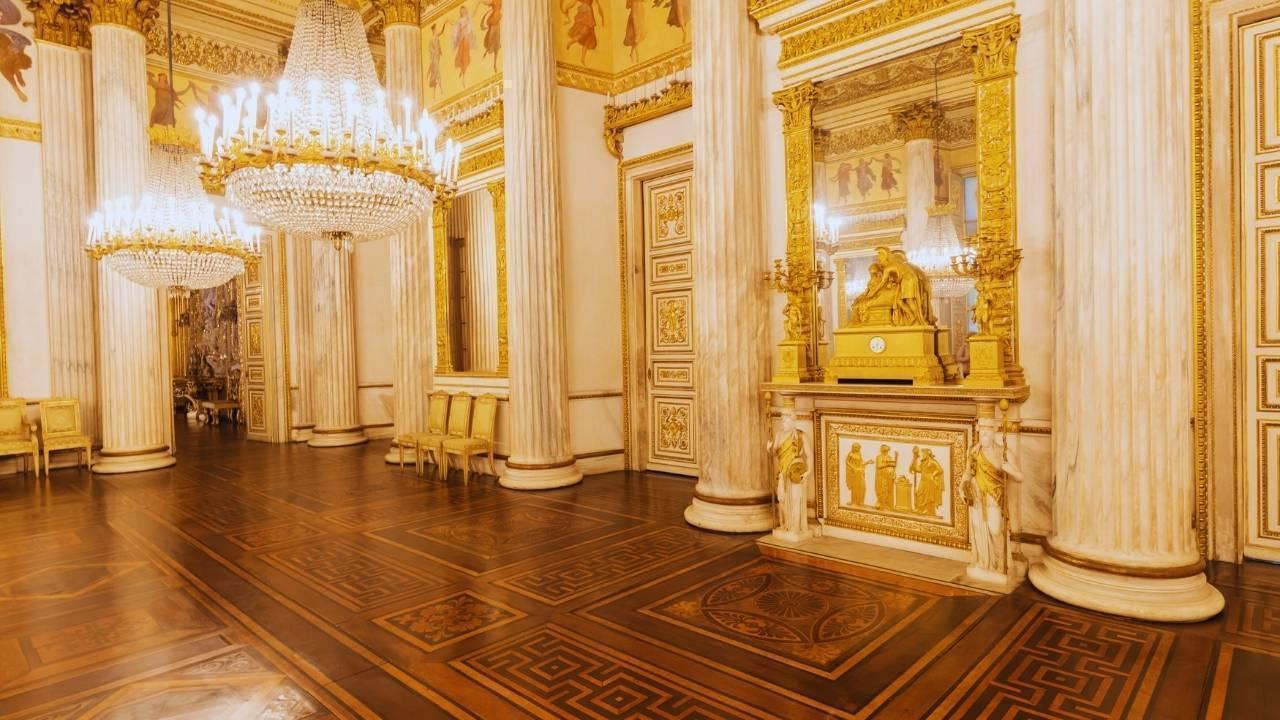
Post by : Anish
Malaysia’s royal palaces stand as timeless symbols of history, heritage, and national identity. These magnificent structures, scattered across the nation, are not merely residences for the country’s rulers but cultural landmarks that captivate both locals and international visitors. Over the years, the palaces have become integral to Malaysia’s tourism appeal, offering travelers a chance to experience regal traditions, architectural splendor, and centuries of heritage in one setting. From Kuala Lumpur’s Istana Negara to the majestic palaces of the Malay sultanates, these sites showcase a fascinating blend of culture and modern tourism strategy.
The most prominent palace in Malaysia is the Istana Negara in Kuala Lumpur, the official residence of the Yang di-Pertuan Agong, the King of Malaysia. While the palace itself remains restricted to the public, its ceremonial grounds, guard-changing rituals, and grand exterior draw thousands of visitors each year. Much like Buckingham Palace in London, the Istana Negara has become a symbol of national pride, often featured in tours of the capital city.
Tour operators highlight the palace as a key stop, with tourists eager to capture photos of the grand gates, manicured gardens, and ceremonial guards. Its strategic location in Kuala Lumpur makes it easily accessible, ensuring it remains one of the most visited royal landmarks in Malaysia.
Beyond the capital, Malaysia’s royal heritage is spread across its nine sultanates, each with its own palace and royal traditions. Palaces in Johor, Perak, and Selangor, for instance, are known for their unique architecture that combines Malay, Islamic, and colonial influences. These palaces serve as living museums of Malaysia’s monarchy system, attracting tourists keen to explore history beyond Kuala Lumpur.
Some of these palaces open their doors during specific cultural events or festivals, offering tourists an immersive experience. For example, exhibitions, heritage tours, and public celebrations allow visitors to witness royal customs firsthand, giving them a deeper appreciation of Malaysia’s cultural diversity.
Malaysia’s royal palaces are architectural masterpieces, and this aesthetic appeal has made them highly popular among photographers and culture enthusiasts. The domes, arches, and intricate carvings reflect centuries of craftsmanship, blending traditional Malay motifs with colonial-era influences. Many tourists are drawn to these sites purely for their visual grandeur, as palaces provide stunning backdrops for travel photography and social media content.
The rise of digital platforms has amplified this appeal. Palaces often trend online during cultural events or when visitors share their experiences, further boosting Malaysia’s image as a destination rich in heritage.
Royal palaces in Malaysia are deeply tied to the nation’s festivals and celebrations. Events such as royal birthdays, coronations, and cultural parades often take place in or around palace grounds. For tourists, these moments provide a rare opportunity to witness the monarchy’s role in modern society while enjoying colorful displays of tradition.
Festivals associated with the palaces also promote local crafts, performances, and cuisines, allowing visitors to enjoy a holistic cultural experience. In many cases, the palaces act as anchors for broader cultural tourism circuits, encouraging tourists to explore surrounding towns, markets, and heritage sites.
The tourism revenue generated by royal palaces is substantial. Tour operators, hotels, restaurants, and transport services all benefit from the influx of visitors who come to witness Malaysia’s royal landmarks. For instance, Kuala Lumpur city tours that include the Istana Negara attract international tourists who then contribute to the hospitality and retail sectors.
In smaller states, royal palaces provide a boost to local economies, especially when tied to cultural festivals. By positioning palaces as central attractions, states can diversify their tourism offerings and compete with popular destinations like Penang or Langkawi.
One of the key challenges Malaysia faces is maintaining the authenticity of its palaces while adapting them for modern tourism. Conservation projects ensure these historical buildings are preserved for future generations, while new strategies focus on making them more accessible to tourists. Guided tours, cultural exhibitions, and interactive experiences are being developed to enhance the tourist journey.
Technology has also been integrated into the tourism approach. Virtual tours and digital storytelling now allow global travelers to explore royal palaces online, sparking interest in visiting the sites physically. This balance of preservation and innovation ensures Malaysia’s palaces remain relevant in a competitive global tourism market.
Royal palaces have always been a magnet for global tourism—think of the palaces in France, the UK, or Japan. Malaysia’s palaces, while less globally famous, offer something unique: a blend of Southeast Asian culture, Islamic heritage, and colonial influence. This distinctiveness sets them apart and makes them appealing to travelers seeking off-the-beaten-path royal experiences.
By promoting palaces as part of broader cultural packages, Malaysia positions itself as a competitive player in heritage tourism. The combination of royal history, architectural beauty, and cultural vibrancy allows Malaysia to appeal to a diverse range of international tourists.
As Malaysia continues to invest in its tourism sector, royal palaces are expected to play an even greater role. Initiatives to expand access, develop heritage programs, and integrate palaces into global tourism campaigns are already underway.
The growing interest in experiential travel, where tourists seek meaningful cultural encounters, aligns perfectly with what royal palaces can offer. By showcasing royal traditions, architecture, and celebrations, Malaysia can create unforgettable experiences that strengthen its global reputation as a culturally rich destination.
Malaysia’s royal palaces are more than residences of kings and sultans—they are cultural landmarks that drive tourism, support local economies, and preserve national identity. From the grandeur of Istana Negara to the regional palaces steeped in tradition, these sites continue to attract tourists from around the world. With the right balance of preservation, promotion, and innovation, Malaysia’s royal heritage will remain a cornerstone of its tourism strategy for decades to come.
This article is intended for informational and educational purposes only. It does not provide legal, travel, or financial advice. Readers planning visits to Malaysia’s royal palaces should verify access details, event schedules, and guidelines with official tourism authorities.



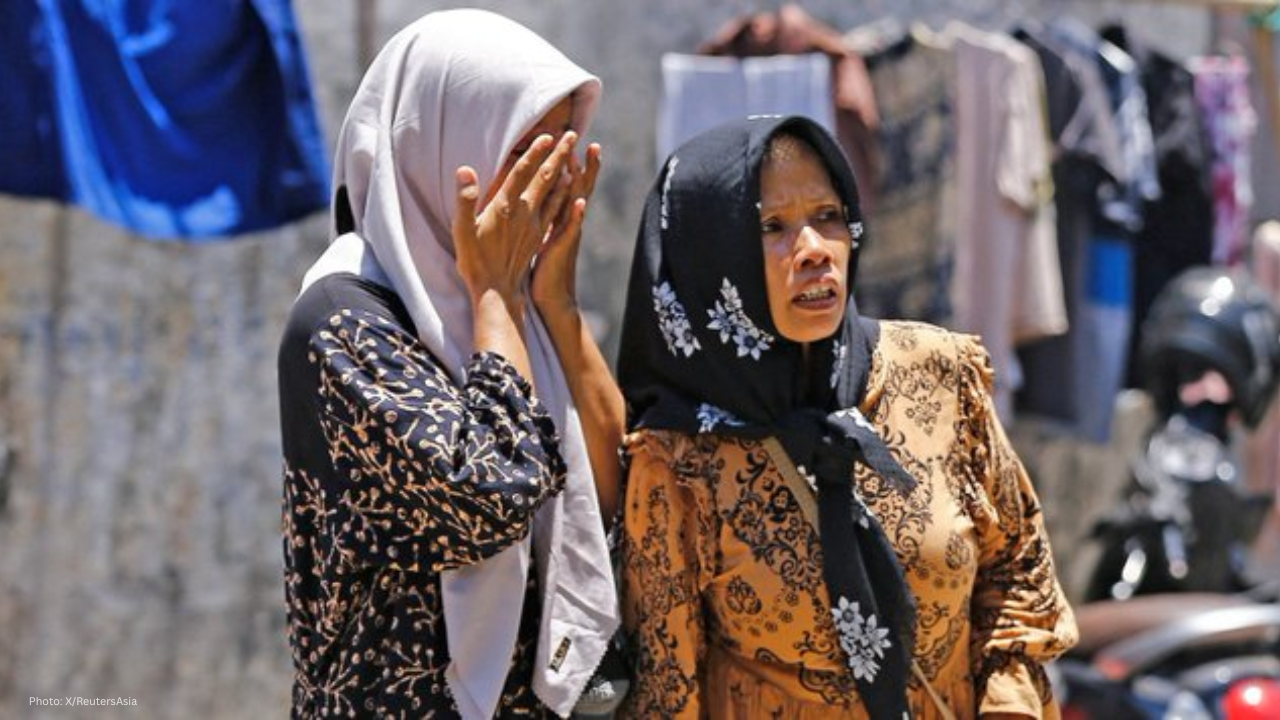
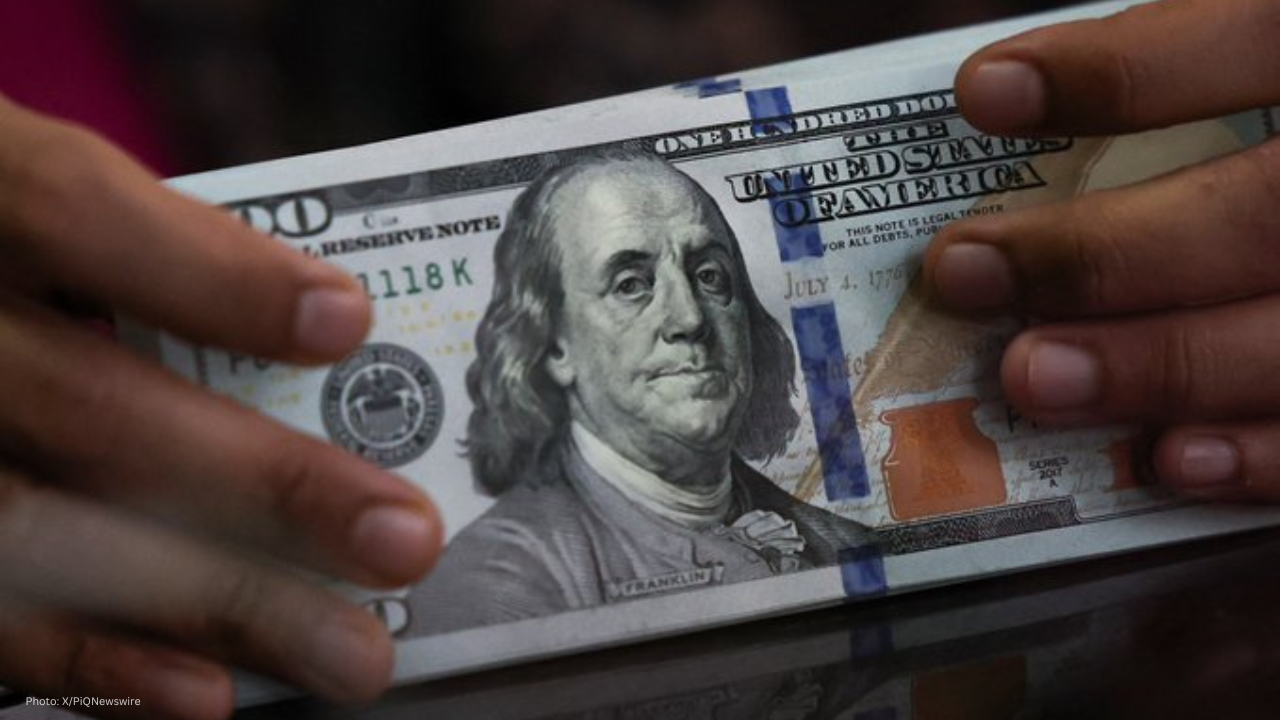
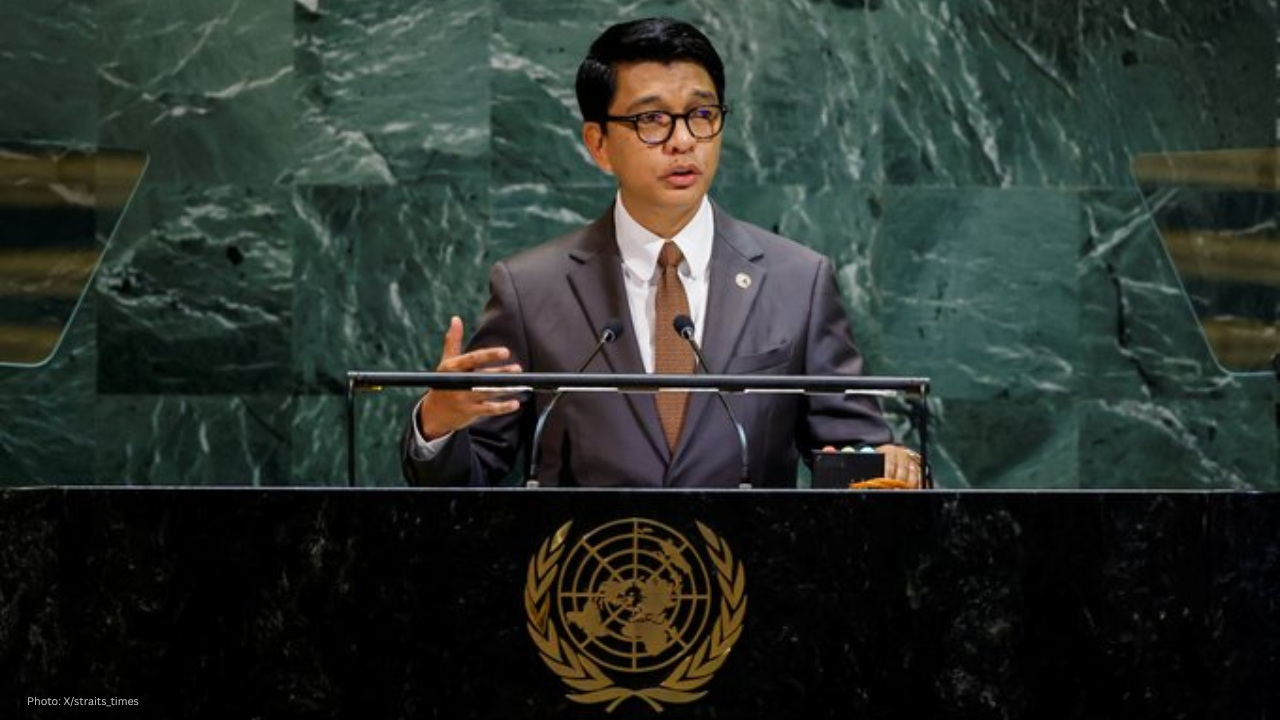
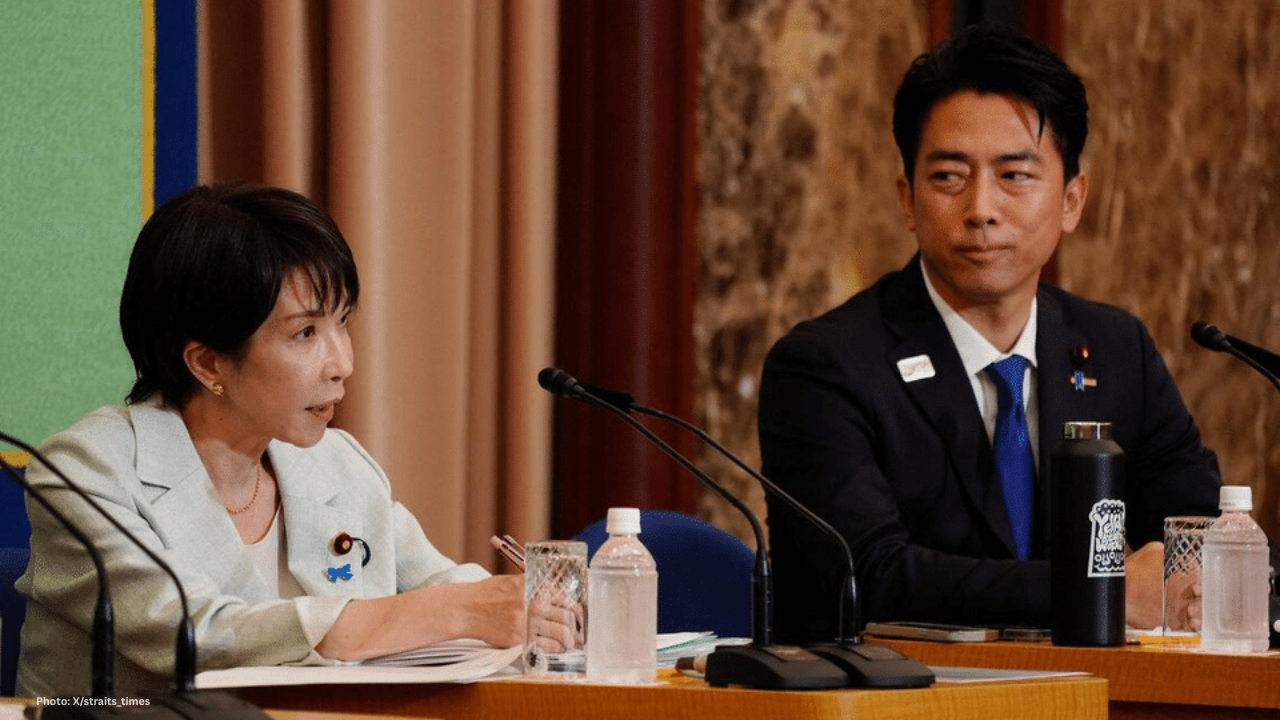
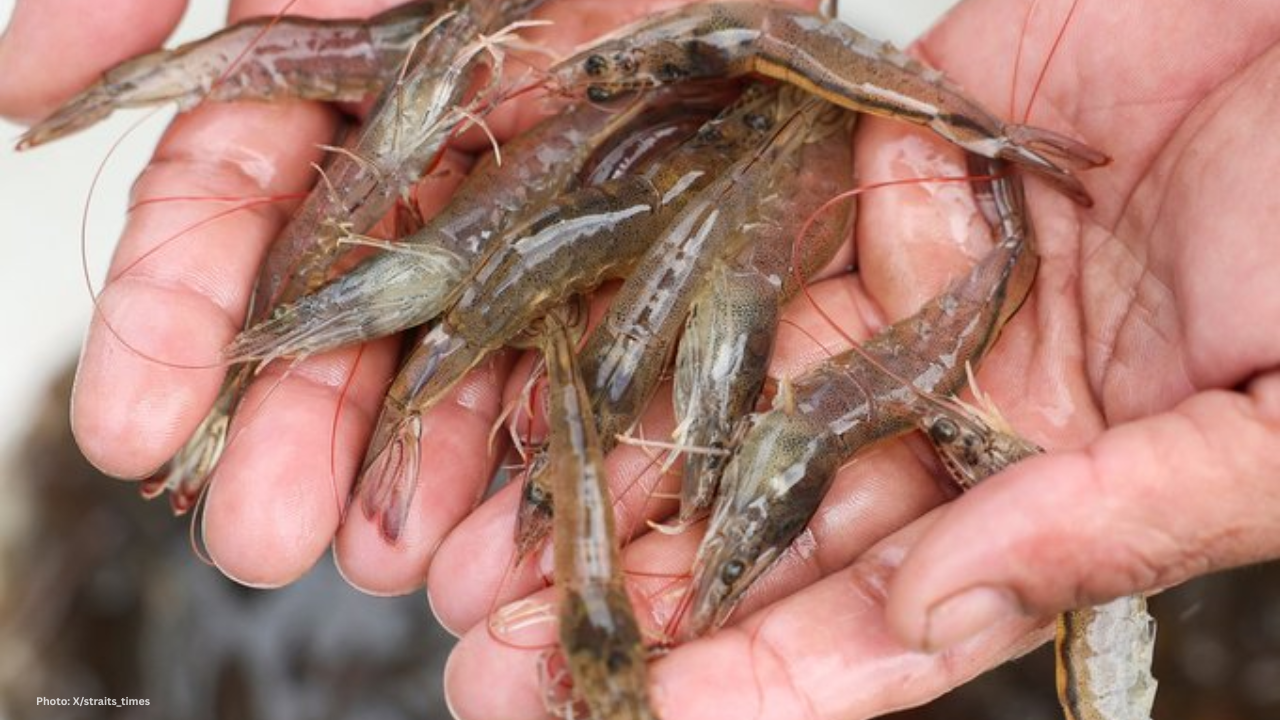
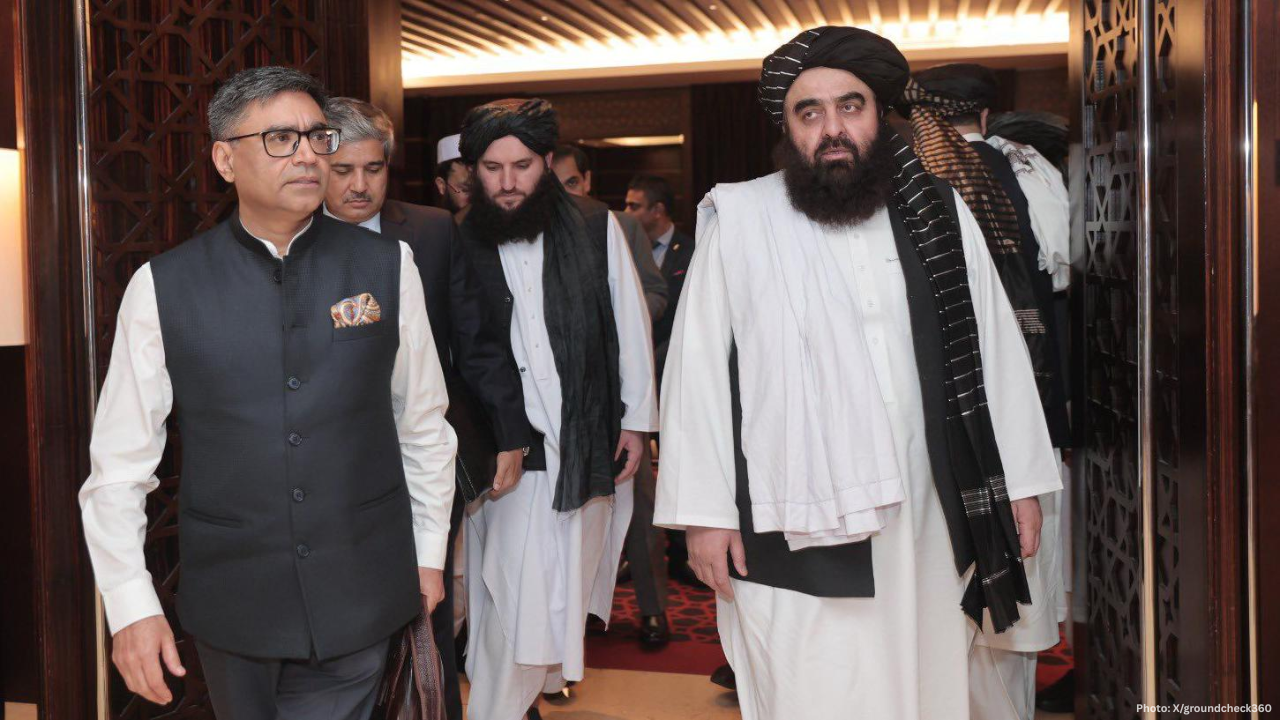

JioHotstar Launches ‘Pitch To Get Rich’ Reality Show for Fashion Startups
JioHotstar’s new show ‘Pitch To Get Rich’ features 14 fashion startups competing for Rs 40 crore fun

Kantara Chapter 1 Box Office Day 1 Rishab Shetty Film Hits ₹60 Cr
Rishab Shetty’s Kantara Chapter 1 collects ₹60 crore on Day 1, breaking records across India with hu

FIA Declares Heat Hazard for Singapore F1 Race Due to Extreme Heat
FIA applies heat hazard rule for Singapore Grand Prix as high heat and humidity challenge F1 drivers

Trapeze Artist Dies After Fall at German Circus Show
A 27-year-old trapeze artist died in Germany after falling during a circus show. The tragic accident

Dhanashree Verma Reveals Yuzvendra Chahal Cheated Early in Marriage
Dhanashree Verma opens up on her divorce from Yuzvendra Chahal, revealing he cheated within months o

Aishwarya Rai with Aaradhya Spotted in Paris Ahead of Fashion Show
Aishwarya Rai Bachchan and daughter Aaradhya spotted in Paris ahead of L'Oréal Paris Fashion Week, d